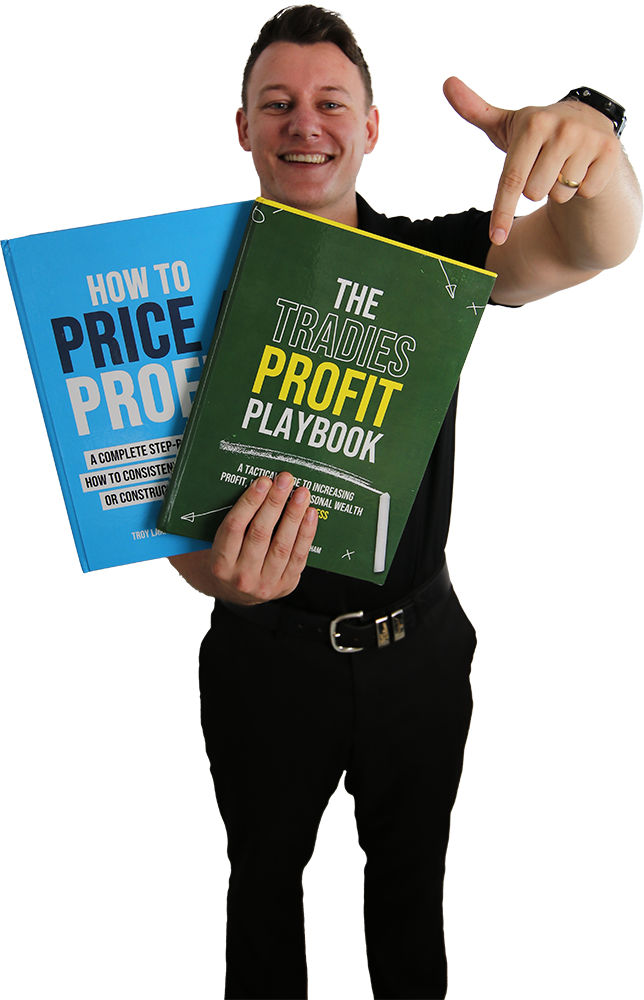Number ONE: Understand your current cash flow position
One of the best ways to understand your current cash flow position is to start by breaking things down in the form of a business cash flow forecast.
It can be a very simple spreadsheet that records your opening bank balance, the money coming in and going out each day, week or month… with a closing balance at the end of each period.
You may, however, need a little more sophistication in the model if you’ve got customers that take a longer time to pay, you have works in progress, and/or suppliers give you specific payment terms.
The important point is that you’re able to see very clearly what your position will be going forward.
This will enable you to identify where the ‘peaks and troughs’ will be and most importantly when you will need to work on the ‘troughs’.
For example, you may need to ramp up customer payment collections, reduce some spending or inject some funds yourself, borrow or seek longer terms from suppliers.
This was the case for one of our clients just prior to COVID.
Things were going well but once we put in place a cash flow forecast for the coming 3 months, it was very clear they were about to be faced with a cash ‘trough’ due to works in progress, and they quickly locked in place a rolling bond facility from their bank to carry them through the period.
It was through forecasting that corrective and preventative measures could be put in place early prior to things getting out of hand!
Number TWO: Understand the distinct difference between profit and cash flow
One of the biggest myths about improving cash flow (which I talk about ALL THE TIME) is that all you need to do is sell more…
That simply selling more and winning more work will automatically dump more cash into your bank account…
But what people tend to forget is that for every sale there are costs associated and customers take time to pay.
So in between you selling your services and getting paid… you’ve got to pay suppliers, staff/labour for the costs, pay all your overheads, and any other costs associated with the sale.
This is why in many cases, selling more and winning more work can actually make cash flow problems worse!
In fact, just as many businesses go under from over trading as they do under trading.
The timing of calculating profit is quite different from the timing associated with cash flow.
Profit is measured when the sale is made, and the costs are matched against it.
Cash flow moves quite differently because customers don’t always pay immediately when the sale is made and suppliers/overheads/staff need to be paid often before you’re paid by customers… hence why cash flow getting tight is often caused by more sales.
Number THREE: Know what impacts your cash flow the most
Some of the biggest impactors of cash flow are costs, overheads and timing of income and payments.
Costs and overheads can quickly eat up all the cash made from sales, so anything you can do to reduce them or find more efficient ways to get things done has a positive impact on cash flow.
So, it’s critical that your business is carrying a light pack!
I see it so often that businesses get all excited at the start and load themselves up with way too many overheads, then sales don’t quite match up to expectations and they end up struggling to pay bills.
Making it that much harder to simply get points on the board.
So, the timing of income is important.
The faster you can get paid (that’s invoicing and actually collecting payments from customers), getting deposits, or securing progress payments, the better your cash flow will be.
And on the flip side, negotiating better terms with suppliers, the ATO, and lenders will also better your cash flow.
Number FOUR: Work out a plan to measure and manage your cash
As I mentioned in point number one, once you’ve got a cash flow forecast in place, it will serve you well to monitor what actually happens compared to what you envisaged.
This is comparing projections to actuals.
If you forecasted for a certain level of sales and collections, but that didn’t occur as planned (which let’s face it… happens!), you should get plenty of notice that you need to change things to suit.
This is what I often refer to as course corrections!
If you can minimise fixed overheads as much as possible and give yourself the ability to ramp costs up and down in line with income, you’ll be in far greater control than the large majority of contractors.
If you can organise a source of funds before you need it, this will give peace of mind when the time comes to call upon it.
And if you can avoid running to the bank at the last minute, that will greatly enhance your chances of getting the funds you require.
Which is all about longevity in business.
Number FIVE: Determine ways to make strengthen cash flow long term
Once you’ve worked out how to proactively manage and control your cash flow, it naturally strengthens over time…
The way this is done, is by always running a cash flow forecast, which can be done in a spreadsheet or through more sophisticated software – here at Trade Business Accountants, we use Fathom for all of our clients.
And you want to do this religiously, even when things are ‘good’.
And you also want to proactively manage the factors impacting cash flow i.e. funds coming in and funds going out.
For more insight on how to do that - you can read about that here!
If you're an electrician, plumber, painter, carpenter, or any other tradie business owner who is looking for assistance with your tax, accounting, and bookkeeping - click here to learn more!

